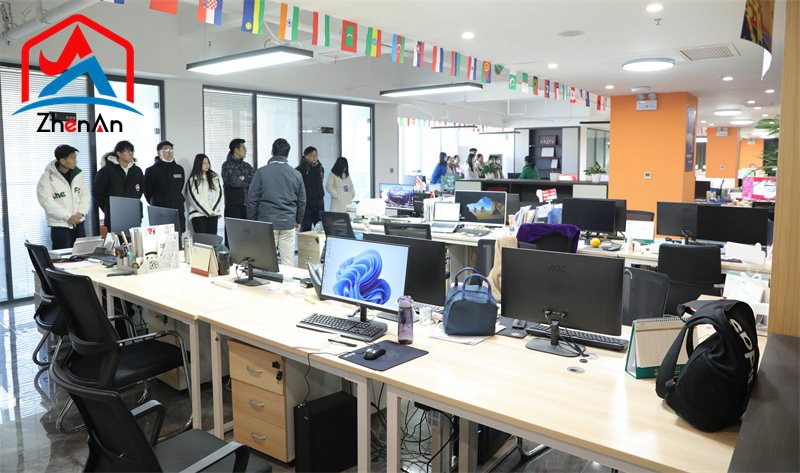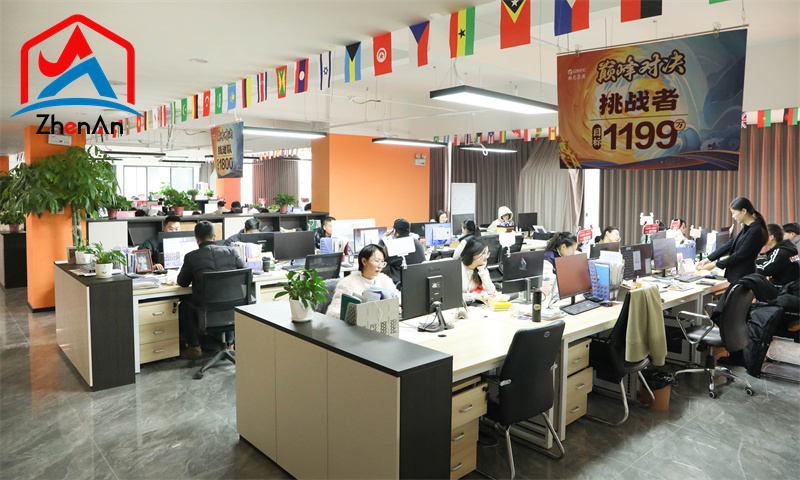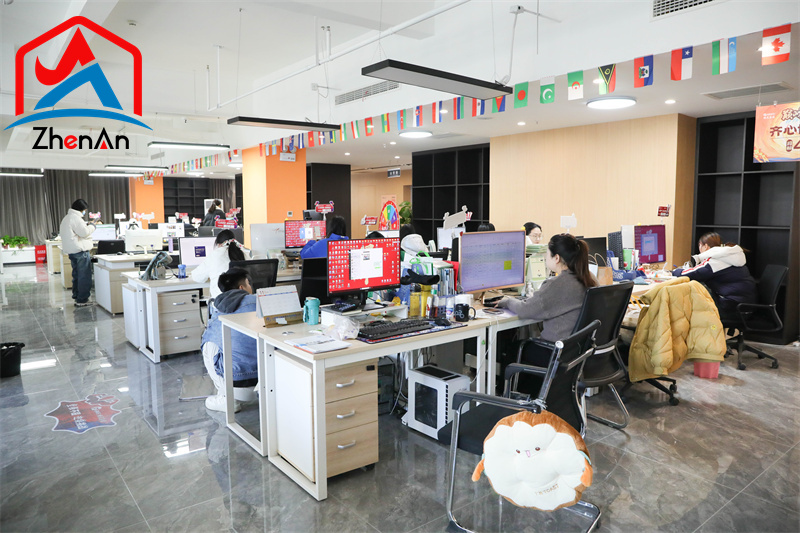First: Core-clad wire is a linear material used in refining molten steel. It consists of a core powder layer and a shell made of strip steel sheets wrapped around the outer surface of the core powder layer.

Second: When in use, the cored wire is continuously fed into the ladle through the wire feeding machine. When the shell of the cored wire entering the ladle melts, the core powder layer is exposed and directly contacts the molten steel for chemical reaction, and Through the dynamic effect of argon gas stirring, it can effectively achieve the purpose of deoxidation, desulfurization, and removal of inclusions to improve the quality and performance of steel.

Third: It can be seen that in order for the cored wire to effectively purify molten steel, two conditions must be met, namely, the active ingredients in the core powder layer must be able to immerse into every corner of the molten steel; The ingredients have a large enough ability to capture oxygen and sulfur atoms.

Fourth: Calcium in calcium silicon cored wire is a commonly used core powder material. Although it is a strong deoxidizer, its specific gravity is relatively light, its melting point is relatively low, and it is easy to generate bubbles at high temperatures. , therefore, simply using metallic calcium as the core powder layer of the cored wire will cause the cored wire to start burning as soon as it is sent into the refining furnace. If the cored wire does not enter below the middle of the molten steel, it will not achieve the ideal Even if measures such as high-temperature-resistant wrapping materials and quick insertion are used, their combustion cannot be completely hindered. While the core powder layer cannot achieve the ideal purification effect when burned under such working conditions, it will also cause a higher price. High waste of calcium resources.




